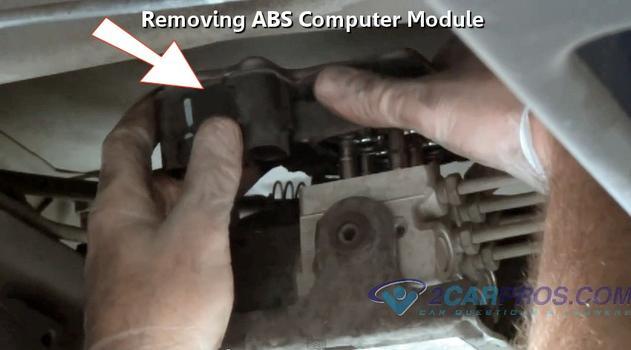Monday, April 19th, 2010 AT 3:23 PM
I lost two of three belts, power steering and waterpump, I replaced both, but have not replaced the airconditioning belt yet since I felt I did not need it right now. I started my vehicle and it sounded sluggish like low battery, but it started up. Had been running fine (a week or more) since replacing the belts. On the highway, after 30 minutes or so, my car started to get sluggish, then surged. The more I attempted to increase the gas, the slower she would go and she would buck. As I eased up, her power increased. However when I turned on my wipers, they too ran very slow, I had to shut all powersupplies off in order to get the car home, lights, wipers, blinkers, etc. My radio will not power up, and though I have charged the battery incase of low voltage, she turns over, but refuses to engage. My anti lock brake light came on as well as brake fluid, both are fine, could this be sensor? An electrical shortage? Please help, I would be more than happy to donate if your answer is able to aid me in getting my vehicle back up and running. Ty



